Tuesday 6th January 2026
Open Mon-Sat, 10am to 4pm. Closed Sunday and all public holidays. Closed 25 Dec - 1 January (inclusive)
Tuesday 6th January 2026
Open Mon-Sat, 10am to 4pm. Closed Sunday and all public holidays. Closed 25 Dec - 1 January (inclusive)
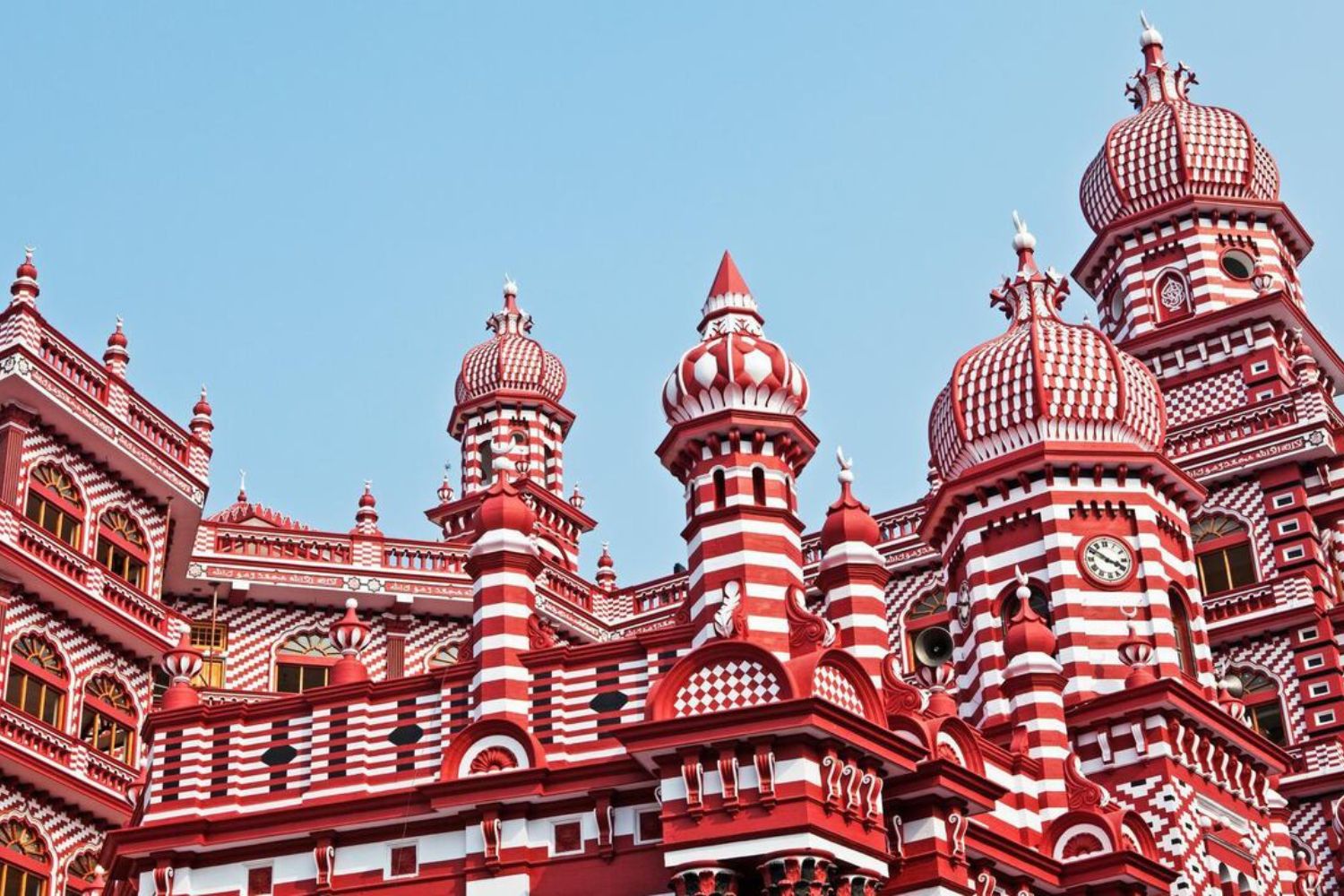
When it comes to Islamic architecture, mosques are the cornerstone, showcasing architectural designs with features like domes, minarets and mihrabs. However, early mosques were simple and lacked these elements. The muezzin, responsible for the call to prayer, would stand on flat rooftops to alert people of prayer times. Today, mosques serve multiple social functions, providing counselling, education, soup kitchens and even hosting marriage and funeral ceremonies.
Mosques worldwide reflect their cultural origins, displaying traditional and unique architectural styles. Explore these unique architectural designs worldwide and how modern architects are moving away from "traditional" designs and displaying a wide range of both modern and cultural elements.
Islam began spreading in Indonesia in the 12th century through traders from Arabia, with a significant expansion in Java during the 14th and 15th centuries by Indian merchants. Mosques from this period, like the Menara Kudus Mosque, built in the 1540s, were constructed using abundant Javanese teak wood and incorporated local architecture with Hindu and Buddhist influences. These mosques often used materials such as fibre, bamboo and timber.
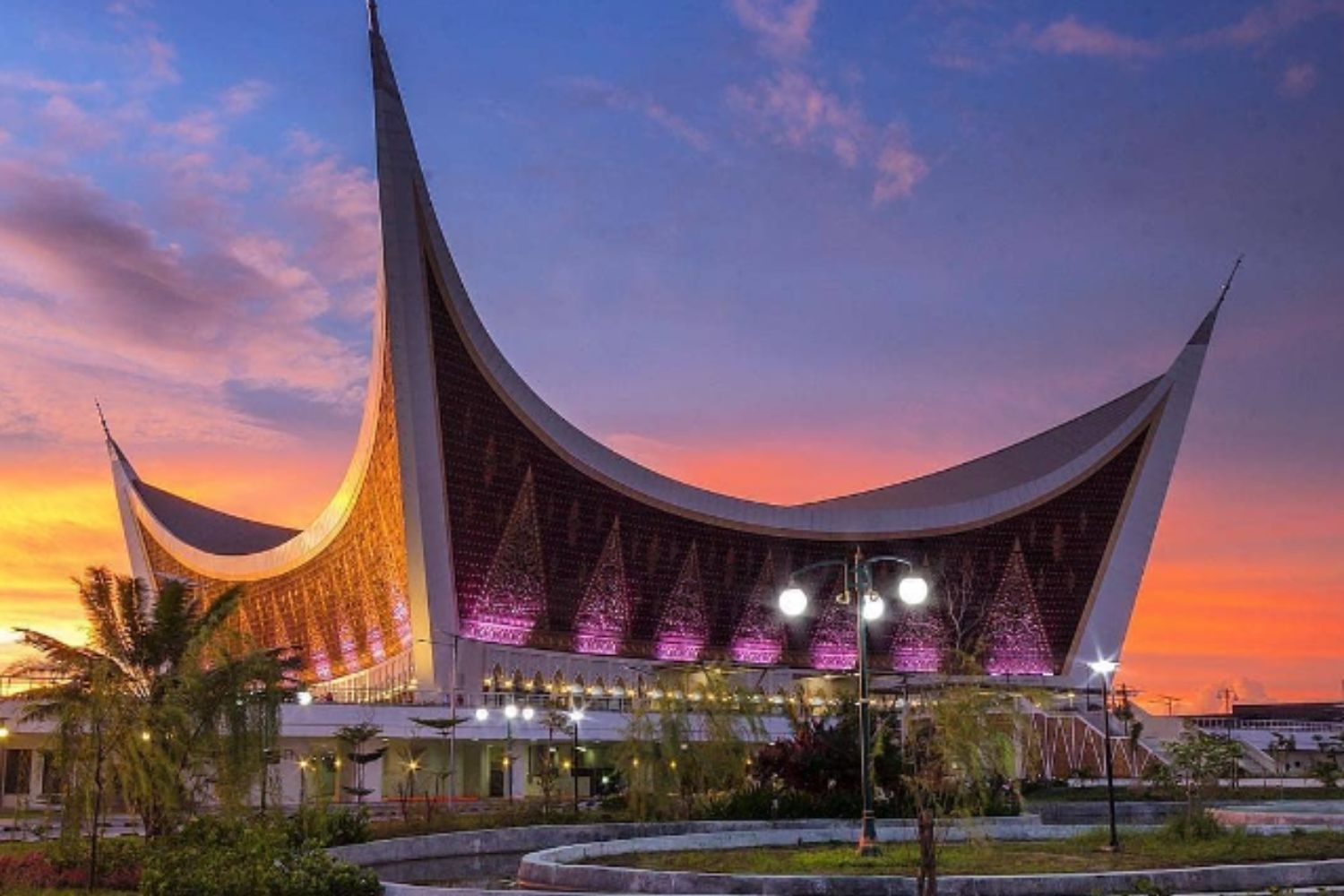
Image credit: Good News from Indonesia
Islam began spreading in Indonesia in the 12th century through traders from Arabia, with a significant expansion in Java during the 14th and 15th centuries by Indian merchants. Mosques from this period, like the Menara Kudus Mosque, built in the 1540s, were constructed using abundant Javanese teak wood and incorporated local architecture with Hindu and Buddhist influences. These mosques often used materials such as fibre, bamboo and timber.
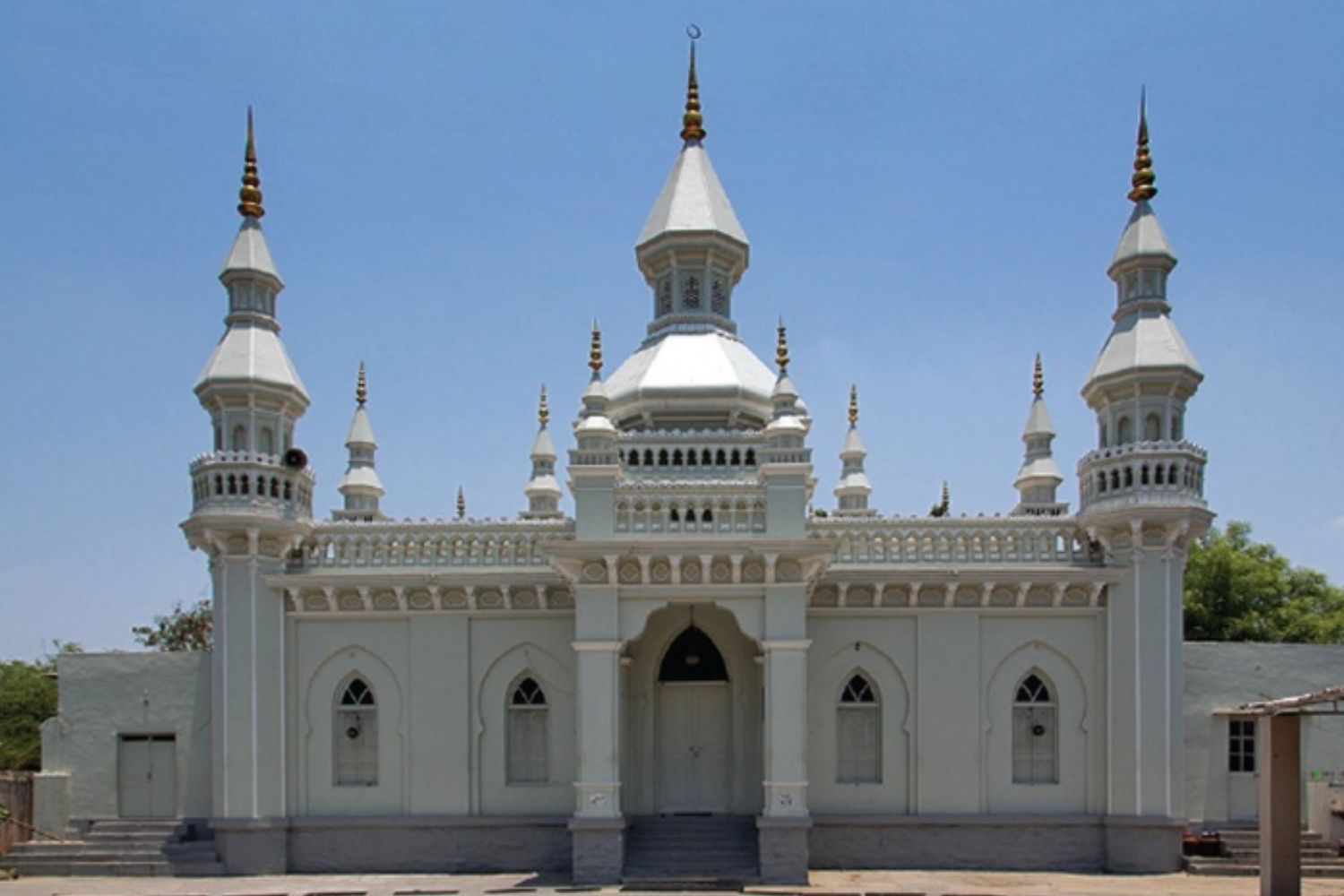
Image credit: Jaico Publishing House
The Sancaklar Mosque in Istanbul, winner of the Best Religious Building at the World Architecture Festival in 2013, blends into the landscape, resembling a simple cave. Turkish architect Emre Arolat designed it to foster a deeper connection with God, free from cultural distractions. The mosque's hidden prayer space, built into a hillside, allows subtle daylight through slits in the qiblah wall. Worshippers descend into a courtyard with a teahouse, communal area and library.
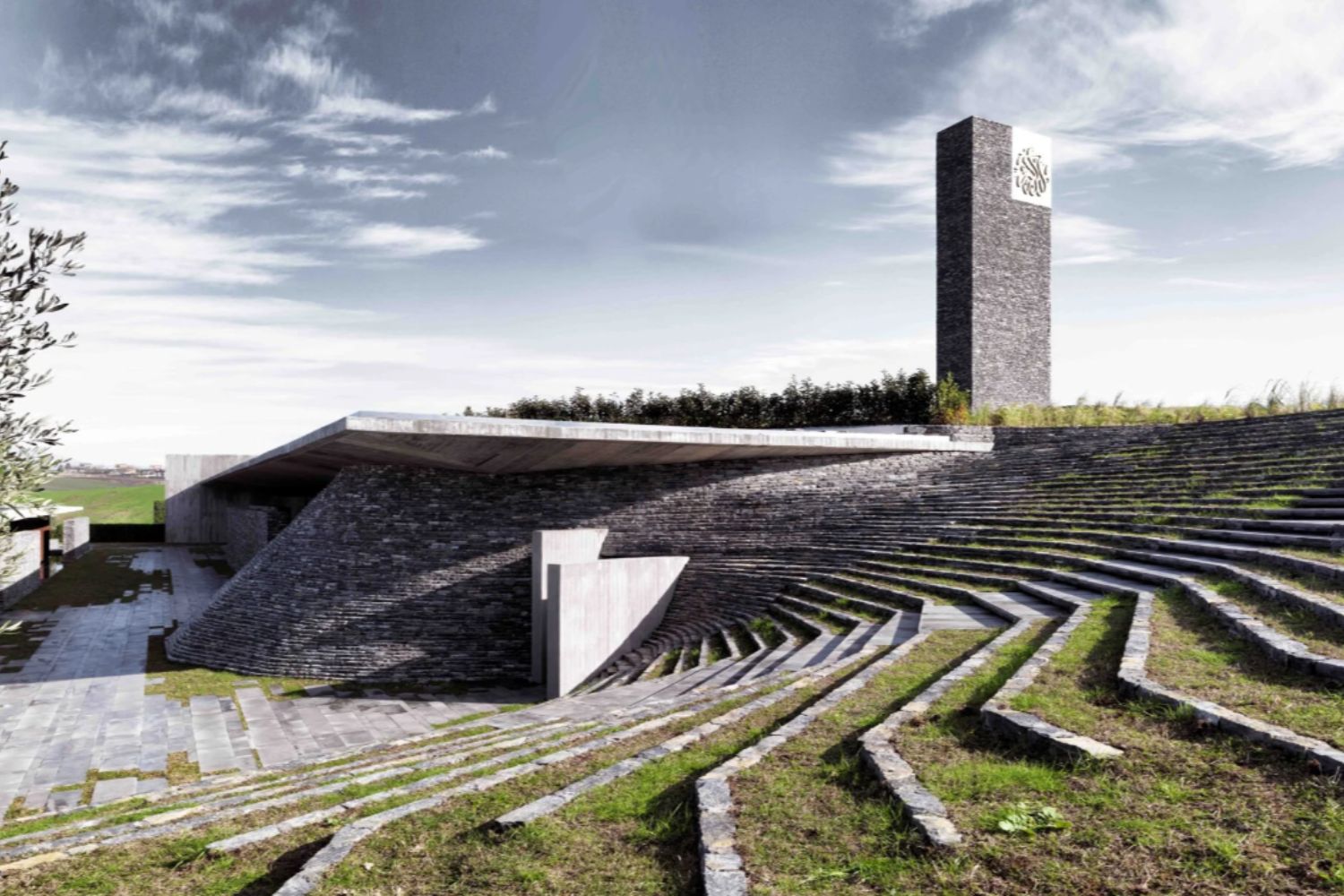
Image credit: EAA-Emre Arolat Architecture
Pakistan’s national mosque, Faisal Masjid, is beneath the Margalla Hills in Islamabad. Designed by Turkish architect Vedat Dalokay and funded by Saudi Arabia’s King Faisal, its geometric sloping roofs are inspired by a Bedouin tent, making it a prominent landmark.
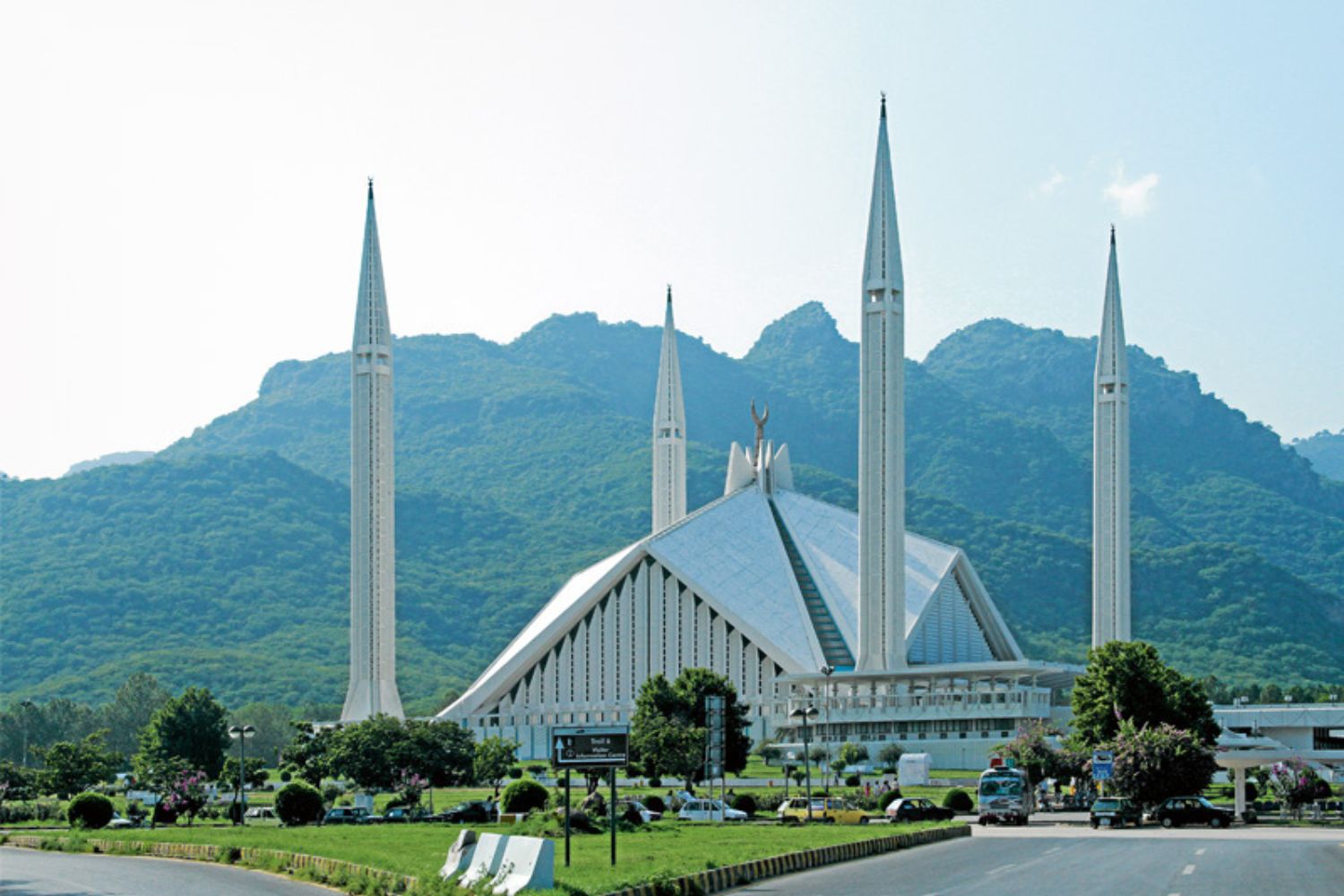
Image credit: Construction Week
Red Mosque, Sri Lanka
The Jami Ul-Alfar Mosque or Red Mosque, in Pettah was built in 1908 to meet the growing demand for a more prominent place of worship. Designed by Habibu Labbe Saibu Labbe, it features Indo-Saracenic architectural elements with unique pomegranate-shaped domes and red and pale yellow horizontal stripes, earning its nickname.
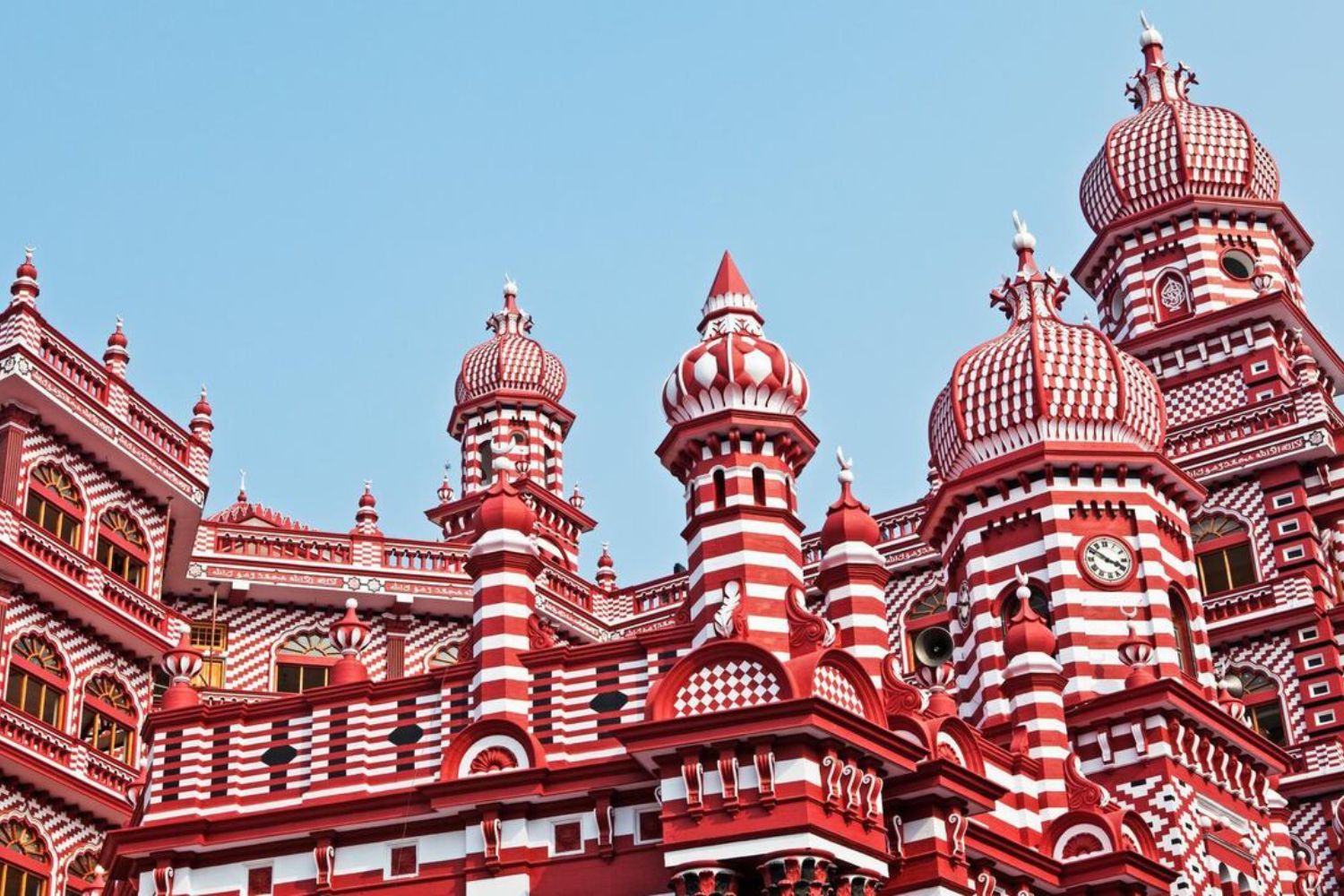
Image credit: The National
The Education City Mosque in Doha, designed by Iraqi architect and calligrapher Taha Al Hiti, features vertical calligraphy on its minarets that draw the eye heavenward. Supported by five pillars representing the Five Pillars of Islam, the mosque's outdoor spaces include four streams symbolising the rivers of Paradise mentioned in the Qur’an: water, honey, milk and wine. The mosque was nominated for the RIBA International Prize 2016 and won the Best Religious Building prize at the World Architecture Festival in 2015.

Through their diverse designs, mosques around the world reflect the rich cultural heritage of their regions while serving as vital community hubs. To learn more about other Islamic architectures around the world, visit the IMA.